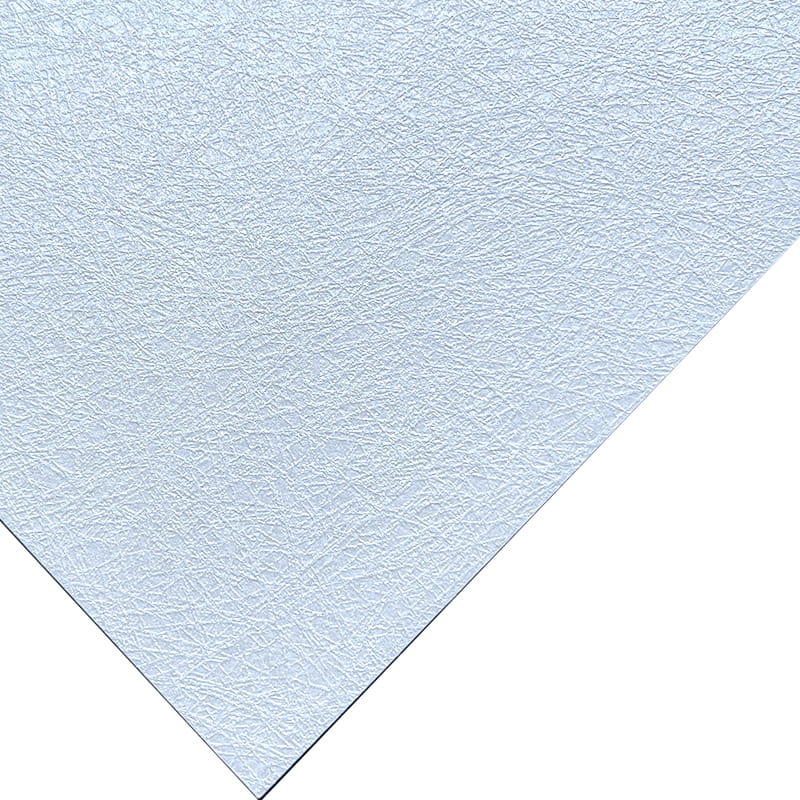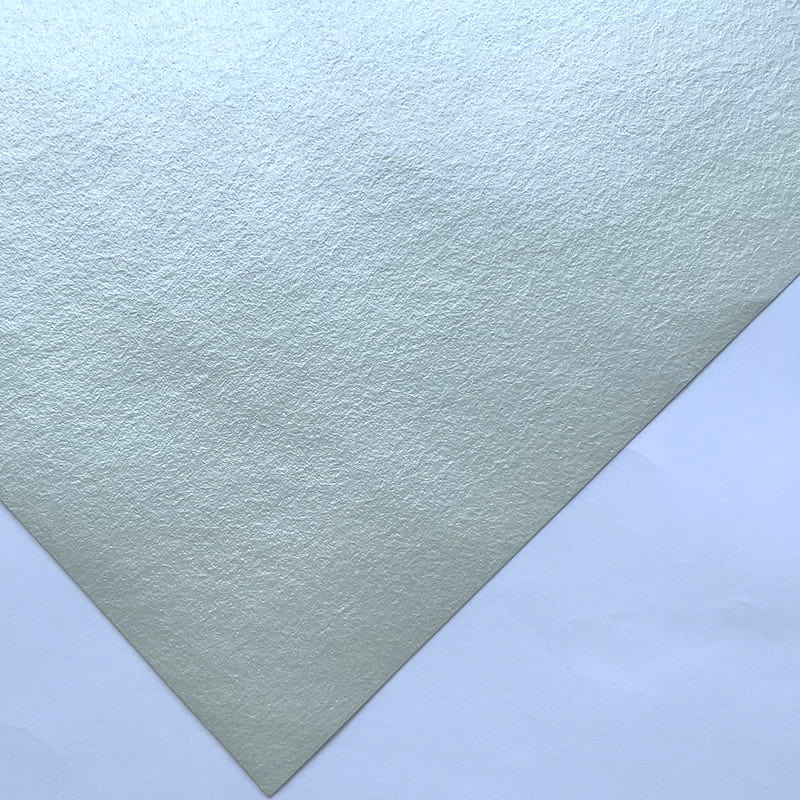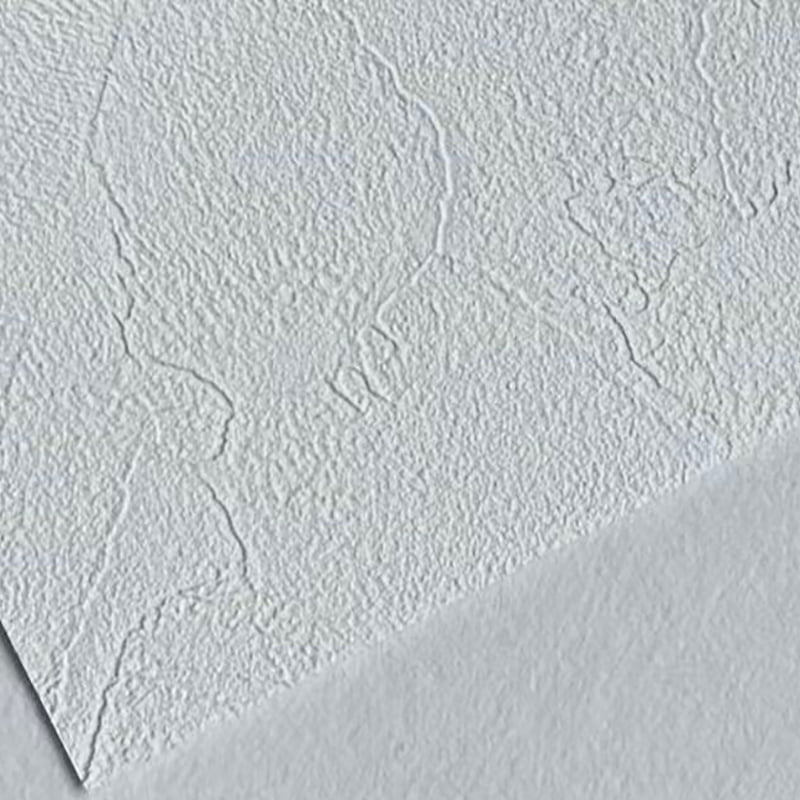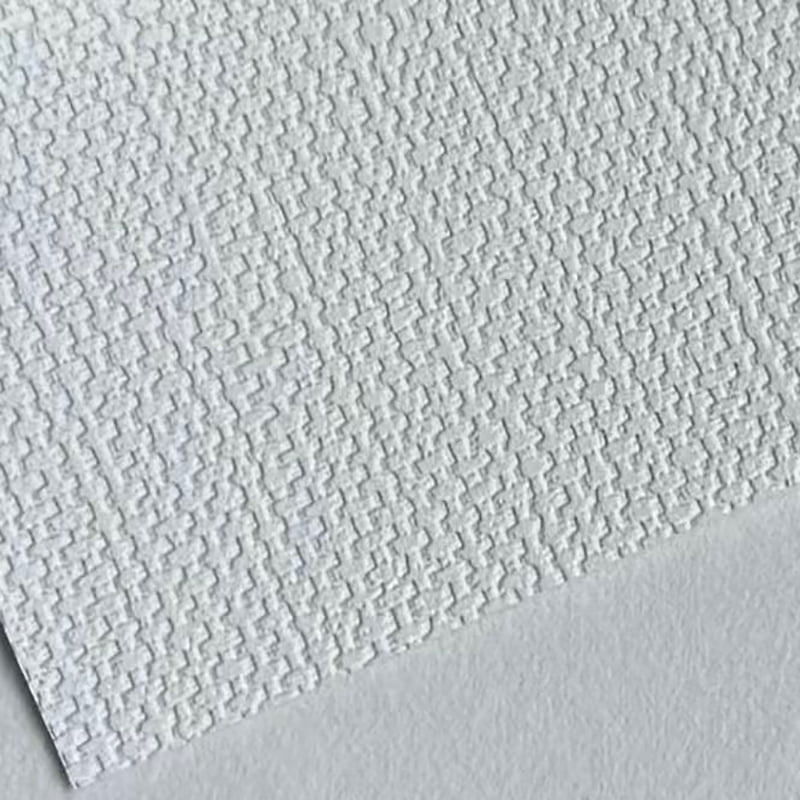Silk Fabric Industry: How Are Innovations Shaping Modern Applications and Manufacturing Practices?
Overview of Silk Fabric and Its Industrial Significance
Silk fabric, renowned for its natural luster, smooth texture, and excellent drapability, has been a symbol of luxury and quality in textiles for centuries. Produced primarily from the cocoon of the silkworm, silk fabric is distinguished by its unique combination of strength and softness, making it suitable for a wide range of applications—from high-end fashion to interior décor. With rising demand for sustainable and high-performance materials, silk fabric has seen renewed interest in both traditional and innovative uses.
Contemporary silk fabric production is not limited to aesthetic appeal. Technical advances in weaving, finishing, and coating processes have enabled manufacturers to enhance the durability, colorfastness, and functional properties of silk fabrics. These developments are particularly relevant for sectors such as home furnishings, automotive interiors, and luxury apparel, where both visual elegance and material performance are critical.
Key Features and Technical Properties
Silk fabric possesses several inherent qualities that distinguish it from other textiles:
- Fiber Structure: The triangular prism-like structure of silk fibers provides its characteristic sheen and allows light to refract uniquely on the fabric surface.
- Strength and Elasticity: Despite its delicate appearance, silk exhibits remarkable tensile strength and moderate elasticity, contributing to long-lasting performance.
- Moisture Management: Silk fibers naturally absorb moisture without feeling damp, providing comfort in both clothing and home textiles.
- Thermal Regulation: Its breathable nature makes silk suitable for diverse climates, balancing warmth retention and ventilation.
Modern processing techniques, including specialized coating, embossing, and digital printing, further enhance these properties. Shanghai MIRO Import and Export Co., Ltd. integrates advanced digital printing materials and coating technologies, utilizing its three advanced coating production lines and two adhesive coating machines to produce silk fabrics with customized finishing effects.
Manufacturing Landscape and Customization
The production of silk fabric involves several key stages: raw silk extraction, yarn spinning, weaving or knitting, dyeing, finishing, and quality inspection. Each stage requires precision and expertise to preserve the intrinsic qualities of silk while meeting specific design requirements.
Custom silk fabric manufacturers and factories have become central to this industry by providing tailored solutions for clients who demand specific textures, patterns, or functional attributes. By employing cutting-edge machinery and digital control systems, these factories can ensure consistent quality, intricate patterns, and innovative surface effects. Shanghai MIRO Import and Export Co., Ltd. focuses on the continuous research and development and innovation of digital printing materials, producing silk fabrics with exquisite visual designs, suitable for wall decoration, canvas and interior decoration.
Customization is not limited to aesthetic enhancements; functional modifications such as anti-wrinkle treatment, UV resistance, and fire retardancy are increasingly incorporated to meet stringent regulatory and market requirements. The combination of traditional silk craftsmanship with modern technological advancements enables factories to cater to diverse consumer and commercial demands.
Digital Printing and Surface Finishing Innovations
Recent trends in silk fabric manufacturing highlight the role of digital printing and advanced finishing processes. Digital printing allows for high-resolution patterns and complex color gradients that were previously unattainable through traditional methods. This is particularly significant in sectors like interior decoration, where intricate designs and color consistency are crucial.
Surface finishing technologies, including embossing, coating, and back-glue applications, enhance not only the aesthetic appeal but also the durability and functionality of silk fabrics. With equipment such as embossing machines, polishing rollers, and perforation inspection tools, factories can achieve precise surface textures and reliable performance metrics. Shanghai MIRO’s integration of these technologies underscores the growing emphasis on combining beauty with practicality in silk fabric applications.
Applications Across Industries
Silk fabric has diversified applications beyond traditional apparel:
- Interior Decoration: Silk fabrics are widely used in wall coverings, curtains, and upholstery. Their natural sheen and softness create luxurious textures, while modern coating techniques improve durability and ease of maintenance.
- Fashion and Apparel: High-end clothing, evening wear, and accessories benefit from silk’s drapability, breathability, and luster. Customized silk fabrics allow designers to create unique, limited-edition pieces.
- Art and Craft: Canvas and textile art often utilize silk fabrics for their ability to retain dye colors vividly and maintain texture over time.
- Industrial and Technical Uses: With functional modifications, silk fabrics find applications in protective clothing, acoustic materials, and specialty products requiring lightweight and flexible textiles.
Sustainability and Future Directions
Sustainability has become a central concern in textile production, including silk fabric. Eco-friendly processing methods, such as water-based coatings, low-impact dyes, and energy-efficient machinery, are increasingly adopted by forward-thinking factories.
The future of silk fabric lies in the integration of smart textile technologies. For instance, combining silk with conductive fibers, antimicrobial finishes, or thermoregulating coatings could open new markets in wearable technology, healthcare, and performance textiles. Continued innovation in this space positions custom silk fabric manufacturers to meet evolving market demands while maintaining the luxurious qualities that define silk.
Market Considerations and Manufacturer Role
The role of manufacturers is crucial in ensuring the quality, innovation, and competitiveness of silk fabric. By investing in advanced machinery, robust R&D, and digital production techniques, factories can provide high-value silk fabrics tailored to client specifications. Collaboration with designers and architects ensures that the final products not only meet technical standards but also align with aesthetic expectations.
Custom silk fabric manufacturers and factories serve as the backbone of this ecosystem, bridging traditional craftsmanship with modern technology. Their expertise in coating processes, embossing, and digital printing ensures that silk fabrics meet both functional and decorative requirements, while maintaining consistency and quality at scale.
Conclusion
Silk fabric remains an unparalleled material in terms of aesthetic appeal, functional versatility, and market value. Driven by innovation in digital printing, coating technology, and sustainable processing, the industry is evolving to meet modern demands without compromising the timeless qualities of silk. Custom silk fabric manufacturers and mills play a key role in shaping the future of silk textiles, ensuring these fabrics continue to meet demand for applications ranging from fashion and interiors to technical and industrial solutions.

 中文简体
中文简体 English
English русский
русский Español
Español عربى
عربى






